Complexity in ISFA (in-service fluid analysis): Part XXIX
Jack Poley | TLT On Condition Monitoring November 2016
Holistic condition monitoring in the 21st Century: Incorporating all the techniques.
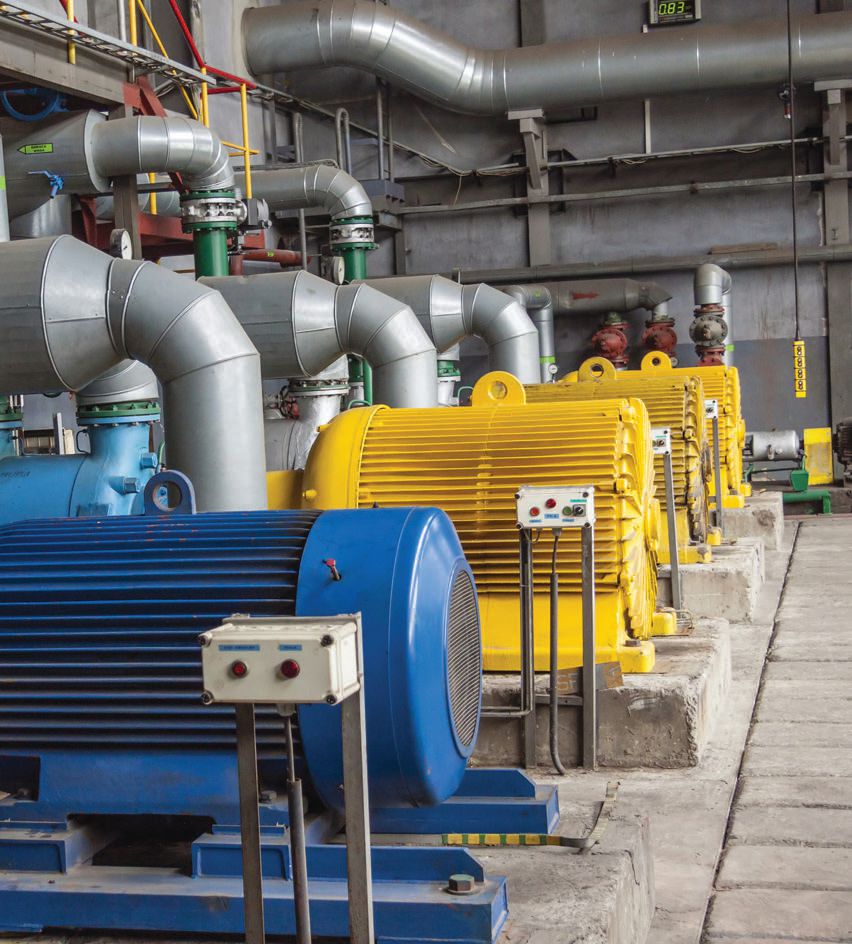
© Can Stock Photo Inc. / parys
A BIT OF ANECDOTAL REMINISCING: I have no embarrassment making the statement, “If one can choose only one condition monitoring (CM) technique to employ in one’s maintenance scheme, it is overwhelmingly likely that ISFA should be the technique of choice for maximum ROI.” Some vibration (VIB) champions will chafe a bit at this—fair enough. Here’s some ammunition in their favor.
There are myriad lube-wetted sumps in industrial applications (plants), far beyond the automotive and other applications combined. VIB beat ISFA to the industrial market in the early 1970s as a frontline approach to CM. The reason this happened is that VIB represented the first usage of sensors for CM, SCADA data and simple monitoring of temperature and pressure notwithstanding. VIB was in the building ahead of ISFA because it provided useful information immediately. The term instant gratification was now applicable to CM, provided one had inserted VIB in the maintenance equation.
While I didn’t recognize this clearly until a year or two after the VIB rush, I found it was often difficult to convince personnel maintaining lubricated plant equipment to add (key term) scheduled ISFA to their CM efforts, given VIB was already being utilized. A majority of companies I contacted then, fully ensconced in VIB, downplayed the need for routine ISFA, simply treating it as a belt-and-suspenders approach, overkill, unnecessarily added cost and too much trouble to take and send samples (THIS will be the death knell of routine ISFA). VIB was providing timely information. No, thank you.
It was about this time in my career that I realized sensors would be a major—if not the major—approach to ISFA, ultimately catching up to VIB. (In all fairness, VIB sensor development was/is far easier to realize when sensors are simply mounted or probed on machine housings as opposed to having to be immersed or at least interactive with the lubricant itself.) The added issues of temperature and attack from lubricants with numbers of contaminants and chemistry negatives significantly delayed the entry of effective sensors for ISFA, let alone acceptance. I wrote articles predicting sensor mandates by 2000. We still don’t have that; I was probably 20 years off, at least. But acceptance exists; significant gains have already been made.
TODAY’S ISFA AND CM
ISFA online sensors will become dominant—once a few remaining technical problems are solved—and when pricing is net competitive with traditional lab testing, be it offsite or onsite. Offsite testing is the most vulnerable owing to inherent delays in getting results. There are other reasons that I’ll discuss later.
In the meantime extensive gains have been made with onsite testing, the notion of having instrumentation very near the machine in order to achieve that elusive instant gratification. Onsite testing is proliferating more than ever as technology has offered numbers of new portable (handheld) (see Figure 1), small footprint (see Figure 2) or transportable (heavy but toteable, like a suitcase) (see Figure 3) instruments.
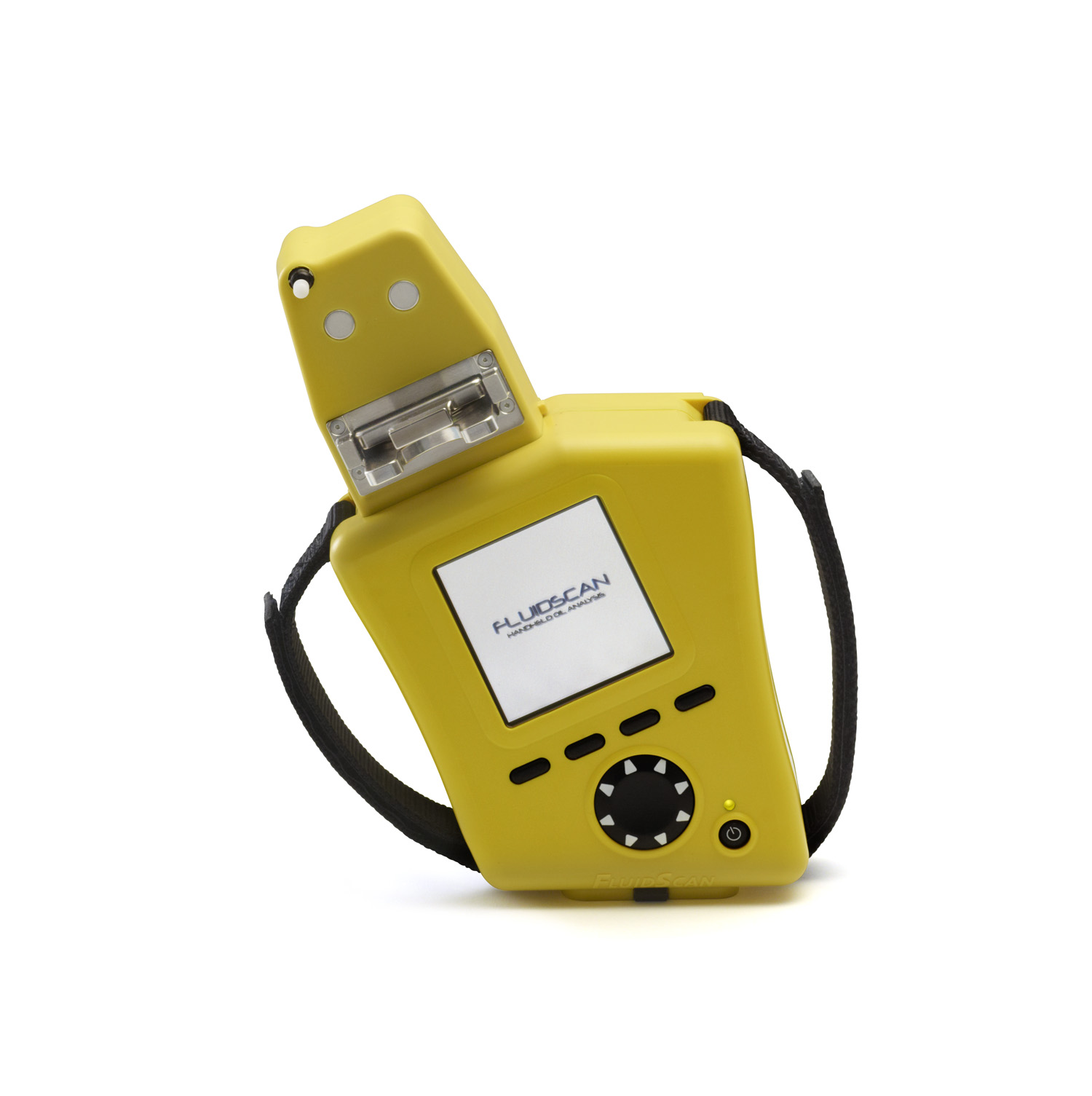
Figure 1. A handheld infrared instrument. (Figure courtesy of Spectro Scientific.)
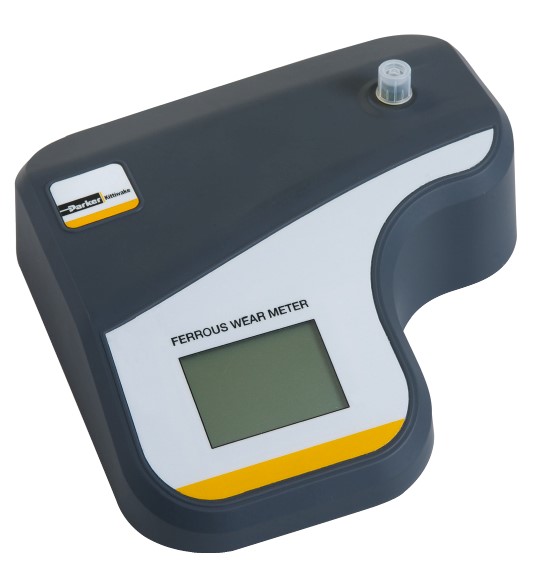
Figure 2. Ferrous wear meter (FWM) analysis, a small footprint, ferrous wear bench instrument. (Figure courtesy of Parker Kittiwake.)
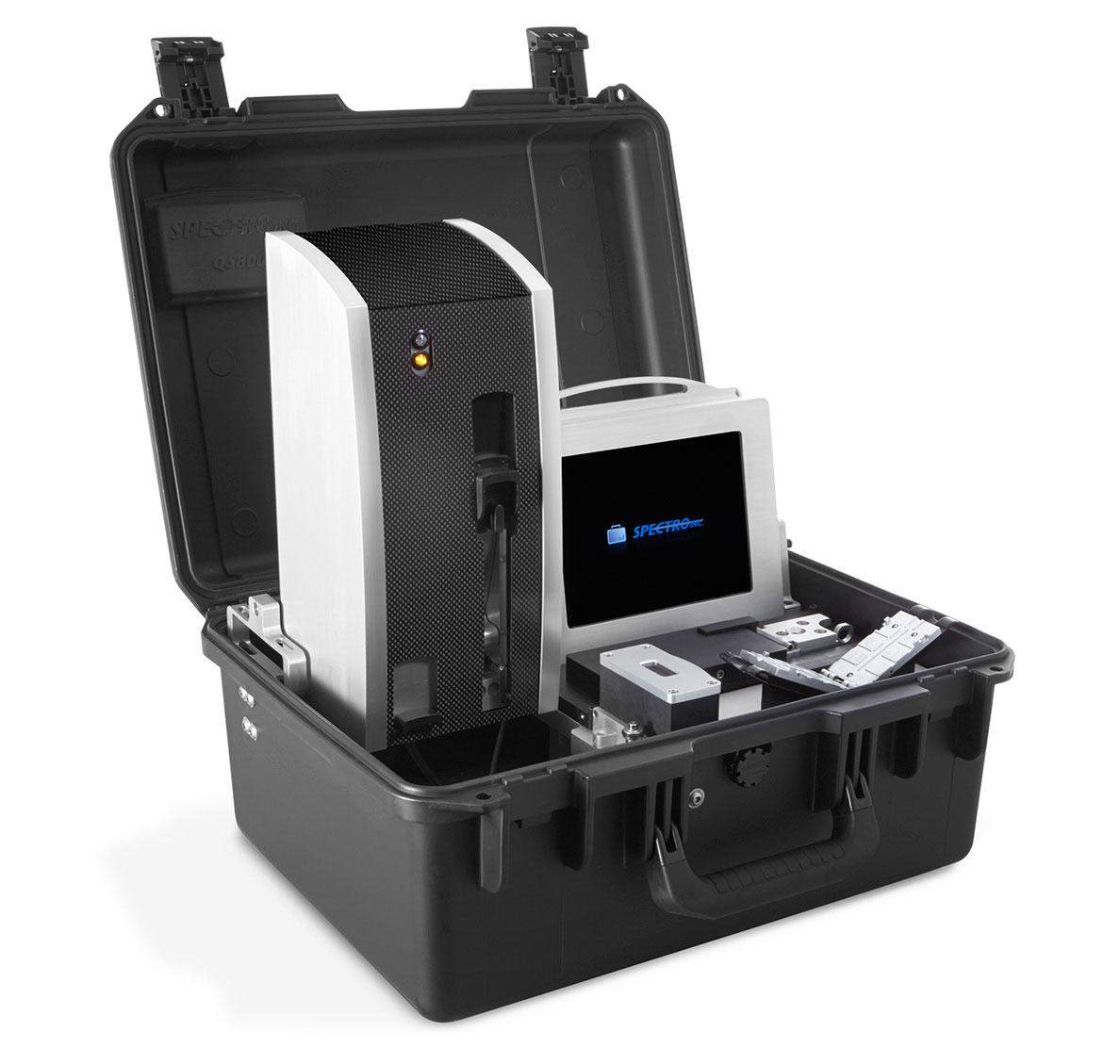
Figure 3. Q5800 multi-testing instrument suite, a transportable lab. (Figure courtesy of Spectro Scientific.)
Each of these instruments represents the future of CM, because leading edge technology is in play and because onsite analysis is increasingly more in demand.
The instrument in Figure 3 is actually several cleverly compacted instruments that render an in-depth set of data, including VIS, wear metals, infrared, water and a single-value (4µ) particle count. The wear metal results focus on larger, fatigue-oriented wear particles in order to help assess critical situations and imminent failure development.
Figure 4 shows a human machine interface for polling data from multiple sensors that can be VIB or ultrasound.
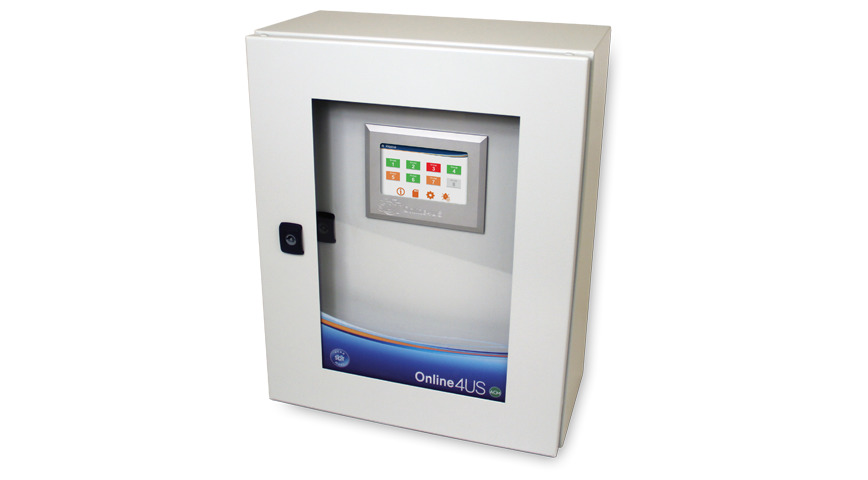
Figure 4. An ultrasound Online4US sensor-monitoring hub. (Figure courtesy of SDT International.)
In short, field (onsite) instruments rival (and occasionally surpass) what used to be the exclusive domain of brick-and-mortar offsite labs. This development will only expand as demand and technology drive it.
HOLISTIC CM ULTIMATELY ONLY VIABLE OPTION
So let’s summarize the state of CM, as it pertains to ISFA.
• CM will increase its total footprint as more techniques and technology applications are developed. The industry is expanding. Brick-and-mortar labs continue to be built. Several large, multi-national corporations engaged in non-CM fluids testing have acquired companies specializing in ISFA, expanding their portfolio.
• Offsite labs will be increasingly under siege for routine testing. It is not a matter of decades; it’s a matter of years.
o Onsite instruments are proliferating and exhibiting increasingly varied, dependable data as they mimic the standard tests currently acknowledged in ISFA, whilst also adding some new considerations that will only hasten their acceptance.
o Sensors, perhaps plodding along at this juncture mostly in military situations, will ultimately be the dominant method for all CM, with ISFA as the last aspect to succumb because it’s the most complex technology to get right, and cost effective—but it will get done.
With a holistic approach there are two major aspects to consider:
1. Data proliferation will be geometric.
• Within ISFA we have at least two different sources of data now.
o Traditional testing, whether offsite or onsite
o Sensors.
• For years VIS and ISFA operations co-existent in plants never talked to each other. This is still the case at times. This will end. There’s too much valuable information to refrain from putting it all on the table and evaluating it as a whole—exactly the same as various, sometimes seemingly unrelated medical tests are availed. This is holistic medicine and, here, ISFA/CM and medicine have the same analog.
2. Intelligent agents (IAs) now exist that can digest and amalgamate disparate data, in large quantities, spotting tendencies and applying solid domain expertise to arrive at probing analysis and incisive, accurate commentary. IAs will prove inevitable and invaluable to the holistic amalgamation.
We’ll continue the 21st Century holistic CM discussion at the next installment.
 Jack Poley is managing partner of Condition Monitoring International (CMI), Miami, consultants in fluid analysis. You can reach him at jpoley@conditionmonitoringintl.com. For more information about CMI, visit www.conditionmonitoringintl.com.
Jack Poley is managing partner of Condition Monitoring International (CMI), Miami, consultants in fluid analysis. You can reach him at jpoley@conditionmonitoringintl.com. For more information about CMI, visit www.conditionmonitoringintl.com.